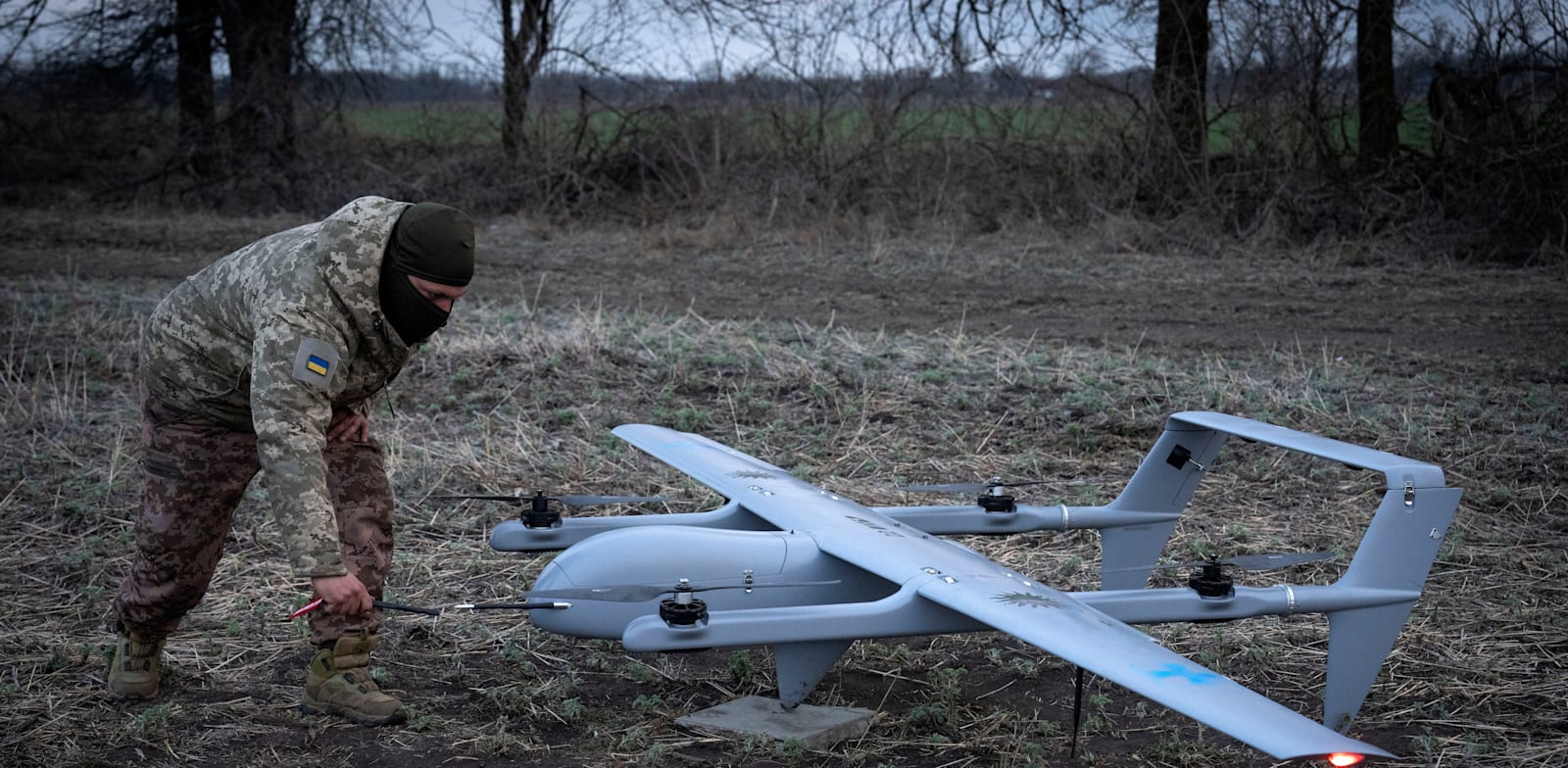Around the world, there has been a noticeable increase in defense spending over the past year. The trend is not limited to any region, with countries worldwide investing heavily in their military capabilities. In Europe, countries like Latvia are providing Ukraine with unmanned aerial vehicles (UAVs) as part of the Ukraine First Defense Group (UDCG), which includes NATO allies and EU partners. This coalition is coordinating aid to Ukraine, with Latvia, Sweden, and Great Britain leading the way in supplying UAVs.
In the Asia-Pacific region, Israel has been a significant supplier of defense imports to the Philippines. The Philippine army is focusing on receiving medium-range BrahMos cruise missiles from India as part of the Horizon 2 program aimed at strengthening its military against threats in the western Philippine Sea. Additionally, Polaris has launched new military snowmobiles designed for military use, including the 650 Titan 155 and the 850 Pro RMK 155.
On another front, Australia has announced a historic change in its defense budget by shifting focus towards deterrence and amphibious warfare in the Pacific while significantly increasing defense spending. The budget is set to grow by 50.3 billion US dollars over the next decade, reaching about 100 billion US dollars by 2033. As part of these changes, Australia has decided to cut various programs, including purchasing an additional F-35 squadron, in favor of investing in long-range missiles like Tomahawk.
Overall, global trends in defense spending and military procurement are evolving rapidly as nations make strategic choices to enhance their military capabilities in response to regional and global threats. These developments reflect changing security challenges around the world and drive nations to invest in advanced defense technologies and equipment.
The trend of increasing defense budgets has become noticeable globally over the past year. Countries worldwide have started investing heavily in their military capabilities due to rising security challenges around the world.
In Europe, countries such as Latvia have provided Ukraine with unmanned aerial vehicles (UAVs) as part of Ukraine First Defense Group (UDCG), which includes NATO allies and EU partners. This coalition is coordinating aid to Ukraine with Latvia leading supply UAVs alongside Sweden and Great Britain.
Meanwhile, Israel has been supplying defense imports to the Philippines through medium-range BrahMos cruise missiles from India through Horizon 2 program aimed at strengthening its naval power against threats in western Philippine Sea.
Australia’s government recently made a historic change in its defense budget by shifting focus towards deterrence and amphibious warfare while significantly increasing defense spending over ten years from $67 billion USD to $122 billion USD by 2033.
These global trends reflect changing security challenges around
